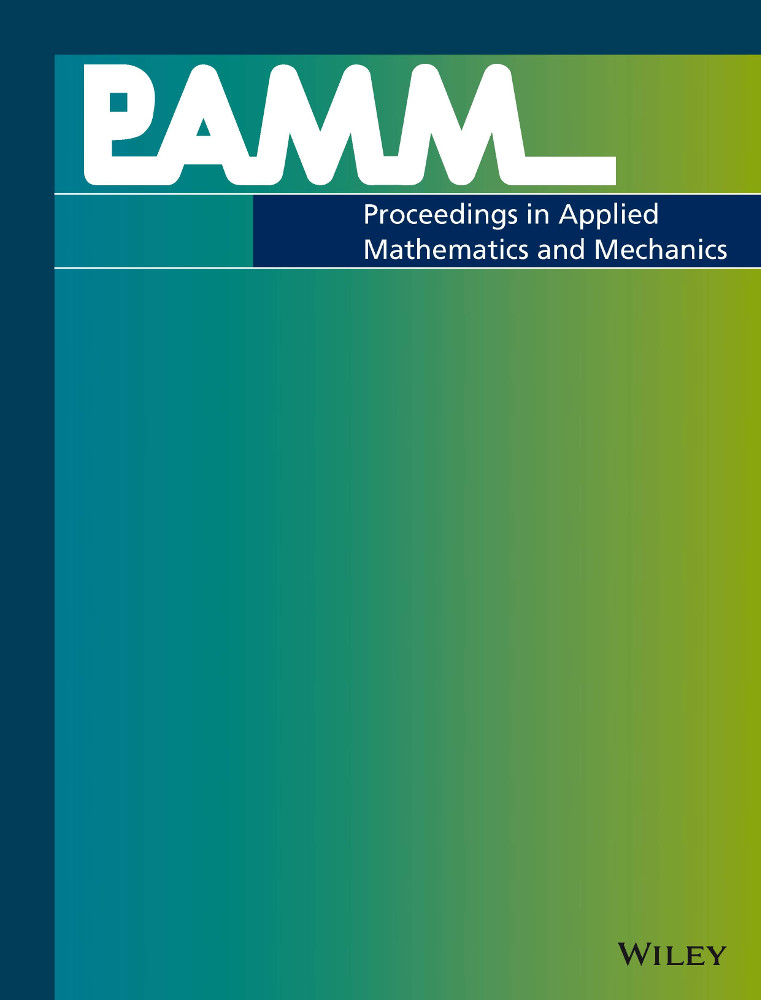Dislocation Motion Induced by Thermally Driven Phase Transformations
Abstract
The interaction of dislocations with phase boundaries is an interesting aspect of the interplay between phase transformation and plasticity at the nano-scale. We capture this interaction within a phase field framework coupled to discrete dislocation dynamics. In order to regularize the stress and driving force for phase evolution at the dislocation core, a first strain-gradient elasticity approach is used, which leads to more physical, discretization-independent numerical solutions.
From a mathematical point of view, this results in a system of coupled partial differential equations (PDEs) and ordinary differential equations (ODEs). The PDEs include an equation analogous to the balance of linear momentum, a second-order tensor-valued Helmholtz-type equation for the true stress as well as a time-dependent Ginzburg-Landau equation for the evolution of the phase field. The ODEs are the equations of motion of the dislocations. The dislocations are modeled as lamellae with eigenstrain that can evolve with time; the resulting stress field is an outcome of the numerical solution. A parallel framework was developed in order to solve these coupled dynamics problems using the finite element library FEniCS. We show the effect of dislocations on phase microstructure as well as the influence of phase microstructure on the motion of dislocations using an illustrative example of a thermally-driven planar phase boundary, and its interaction with a single edge dislocation.
Acknowledgments
Open access funding enabled and organized by Projekt DEAL.




